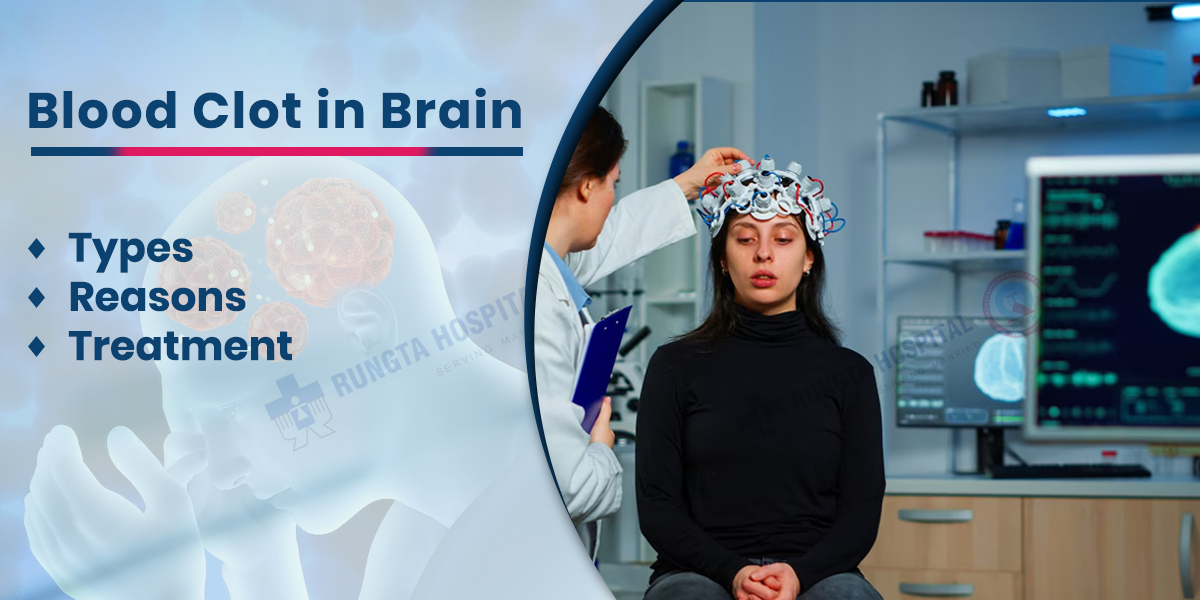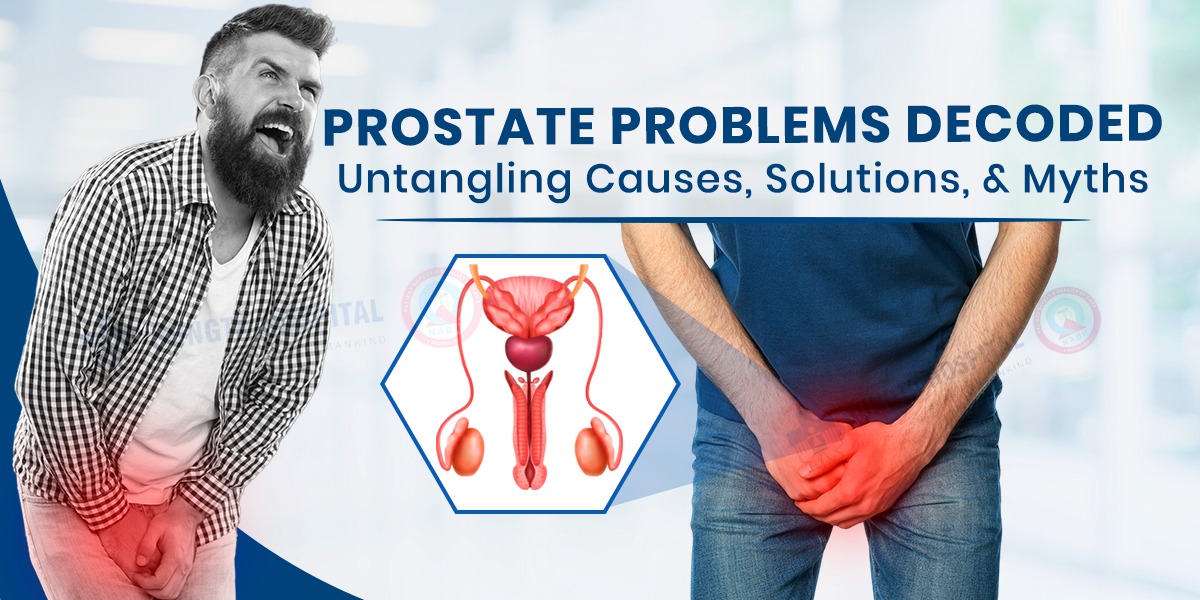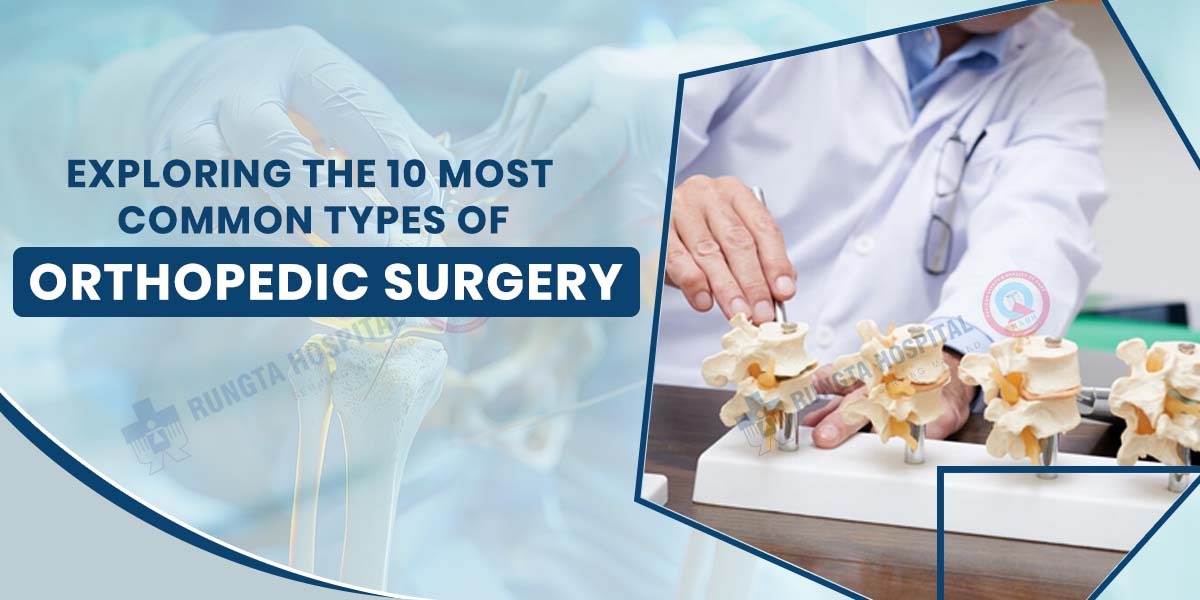
Book An Appointment
Are you tired of feeling the urge to urinate every hour, disrupting your work and personal life? You’re not alone. Millions of men struggle with prostate problems, but there’s hope. In this guide, we’ll uncover the causes, treatments, and myths surrounding prostate health, empowering you to take control of your well-being once and for all.
Understanding the Prostate
Let’s start with the basics. The prostate is a small gland located just below the bladder and in front of the rectum in men. This walnut-sized gland plays a crucial role in male reproductive function. Its primary function is to produce seminal fluid that nourishes and transports sperm during ejaculation.
As men age, the prostate can change, leading to different problems. One common condition is benign prostatic hyperplasia (BPH), characterised by the enlargement of the prostate gland, which can exert pressure on the urethra. It could lead to urinary symptoms such as frequent urination, nocturia, and weak urine flow.
Additionally, the risk of developing prostate cancer increases with age, highlighting the significance of preventative measures like routine screenings and lifestyle changes to reduce this potential threat. By understanding the intricate functions and potential changes associated with the prostate, individuals can take proactive steps to safeguard their health and vitality throughout the years.
Common Prostate Problems:
Benign Prostatic Hyperplasia (BPH)
This is the most common prostate problem among older men. BPH is denoted by an enlarged prostate gland, which can cause urinary symptoms such as frequent urination, difficulty starting or maintaining urination, and a weak urine stream. Although BPH is not cancerous and does not increase the risk of prostate cancer, its impact on urinary function requires medical attention and management strategies to alleviate symptoms and prevent complications.Prostatitis
Prostatitis refers to inflammation of the prostate gland, which can be caused by bacterial infection or other factors. Symptoms may include pelvic pain, fever, persistent bacterial infections and more. CPPS, also known as chronic non-bacterial prostatitis, is the most common form of prostatitis and is described by pelvic pain, discomfort during urination, and urinary frequency, among other symptoms.Prostate Cancer
Prostate cancer is the most serious prostate problem and is one of the most common cancers in men. Early detection is critical for successful treatment. Age, family history, ethnicity, and genetic predisposition are among the risk factors for prostate cancer that have been found, despite the fact the specific aetiology of the disease is still unknown. Depending on the stage and severity of the disease, treatment options for prostate cancer may include immunotherapy, targeted therapy, radiation therapy, hormone therapy, chemotherapy, and active surveillance.
Causes of Prostate Problems
While the exact causes of prostate problems are not entirely known, several factors may contribute to their emergence. These include age, family history, lifestyle choices such as diet and exercise, and certain medical conditions.
Age
Age is a significant determinant, as the prostate gland gradually ages. Cellular growth and hormonal changes can cause illnesses like prostate cancer or benign prostatic hyperplasia (BPH).
Family History
Another important factor is family history since genetic predispositions raise the risk of prostate problems. According to research, people with a family history of prostate issues, especially those who have a first-degree relative who has been diagnosed with prostate cancer, may be at a higher risk themselves.
Lifestyle Choices
Prostate health is influenced by lifestyle choices including food and exercise. Prostate issues have been linked to diets high in saturated fats and poor in fruits, vegetables, and fibre; however, prevention can come from regular exercise and a diet strong in antioxidants and nutrients.
Medical Issues
Furthermore, certain medical conditions, such as obesity, diabetes, and cardiovascular disease, have been associated with an increased risk of prostate issues. These disorders may put a person at risk for prostate issues by affecting their general systemic health, hormone balance, and inflammatory response.
Prostate health can only be reduced by addressing these modifiable risk factors through lifestyle changes and preventative healthcare interventions, even though the exact mechanisms behind prostate problems are still being investigated.
You Can read also:- Rotablation Angioplasty: Benefits, Purpose, Procedure, Treatment and Recovery
Treatment Options
The good news is that many prostate problems can be effectively managed with diverse treatment options. These may include:
Medications
For BPH and prostatitis, medications such as alpha-blockers, 5-alpha reductase inhibitors, and antibiotics may be prescribed by doctors to alleviate symptoms.
Minimally Invasive Procedures
In cases where medications are ineffective, minutely invasive procedures such as transurethral resection of the prostate (TURP) or laser prostate surgery could be recommended.
Surgery
For prostate cancer or severe cases of BPH, surgery may be necessary. Traditional prostate surgery involves removing part or all of the prostate gland. However, laser holmium prostate surgery is a newer, more advanced technique that offers several advantages over traditional surgery.
Difference between Normal Prostate Surgery and Laser Holmium Prostate Surgery
When it comes to treating prostate problems, the choice between traditional surgery and laser holmium prostate surgery can make a substantial difference in outcomes and patient experience.
Traditional prostate surgery generally involves cutting and removing tissue from the prostate gland, which can lead to quite a bit of bleeding, longer hospital stays, and a prolonged recovery period.
On the other hand, laser holmium prostate surgery, also known as holmium laser enucleation of the prostate (HoLEP), offers a minimally invasive approach. This advanced technique utilises laser technology to specifically vaporise excess prostate tissue, resulting in less bleeding, shorter hospital stays, and faster recovery times compared to traditional surgery.
Furthermore, laser holmium prostate surgery provides better preservation of surrounding healthy tissue, minimising the risk of complications and improving overall patient satisfaction. Rungta Hospital is proud to offer this state-of-the-art treatment option to our patients, ensuring the best possible outcomes with minimal discomfort and downtime.
You can read also:- Heart Bypass Surgery: Don’t Be Fooled by Myths! A Guide to Causes, Treatments, and Misconceptions
Debunking Myths
Before we conclude, let’s address some common myths about prostate problems:
1. Myth: Only older men get prostate problems.
Fact: While prostate problems are more common in older men, they can happen at any age.
2.Myth: Prostate problems always lead to prostate cancer.
Fact: While prostate problems can increase the risk of prostate cancer, not all prostate problems are cancerous.
3. Myth: Surgery is the only treatment option known for prostate problems.
Fact: There are various treatment options available for prostate problems, including medications, minimally invasive procedures, and surgery.
Take Charge of Your Prostate: Start Today for a Better Tomorrow
To sum everything up, understanding prostate problems is critical to preserving men’s health at its best. Fortunately, Rungta Hospital is available to offer professional care and assistance whether you’re having symptoms or just want to know more. Don’t delay seeking treatment if you’re experiencing prostate problems, as early intervention can lead to better outcomes. Remember, your prostate health matters, so take proactive steps to prioritise it today!





